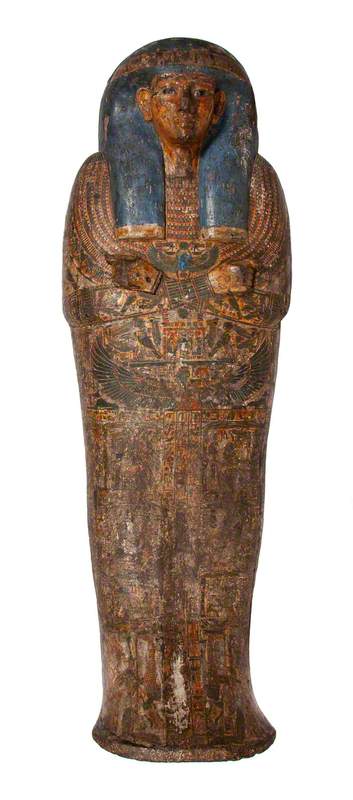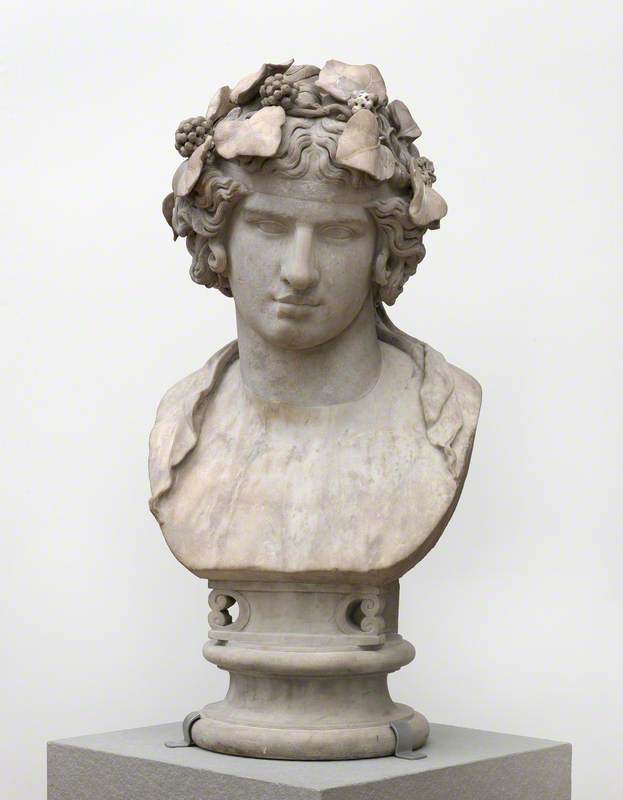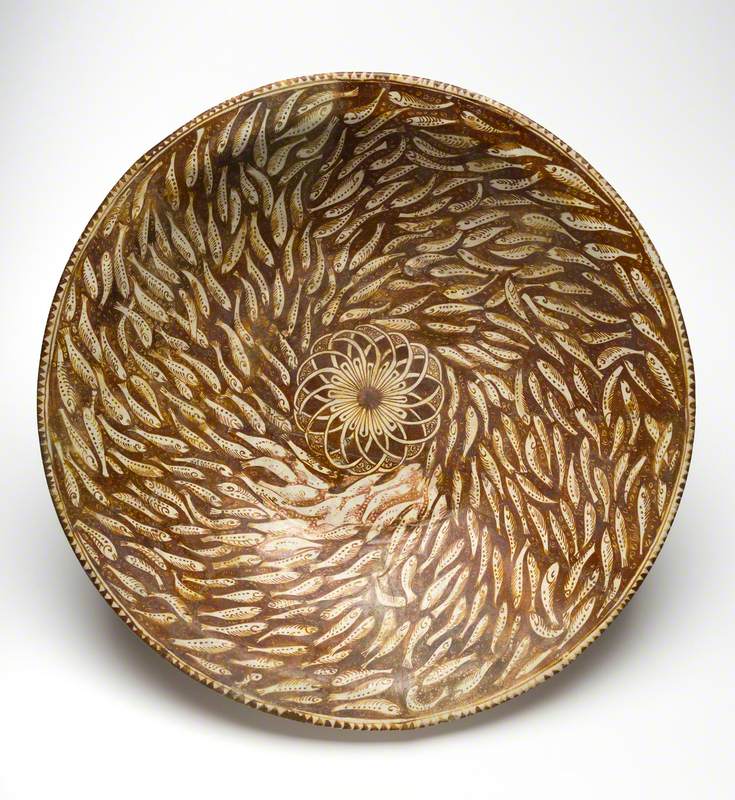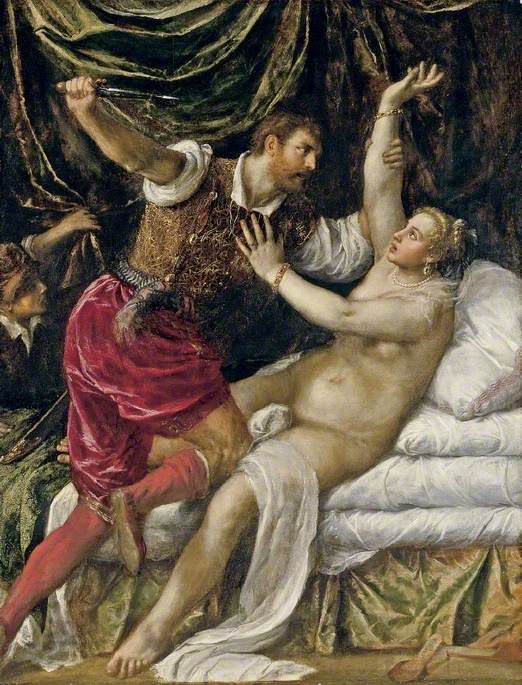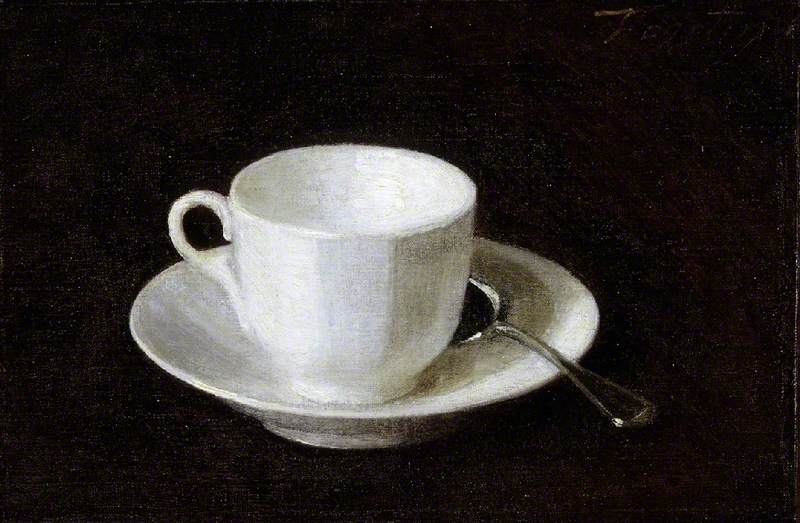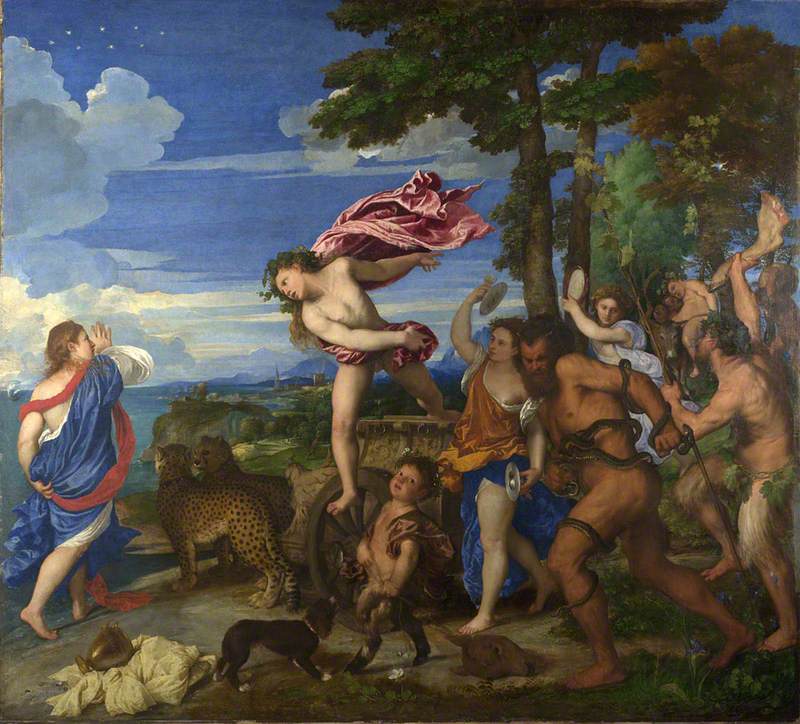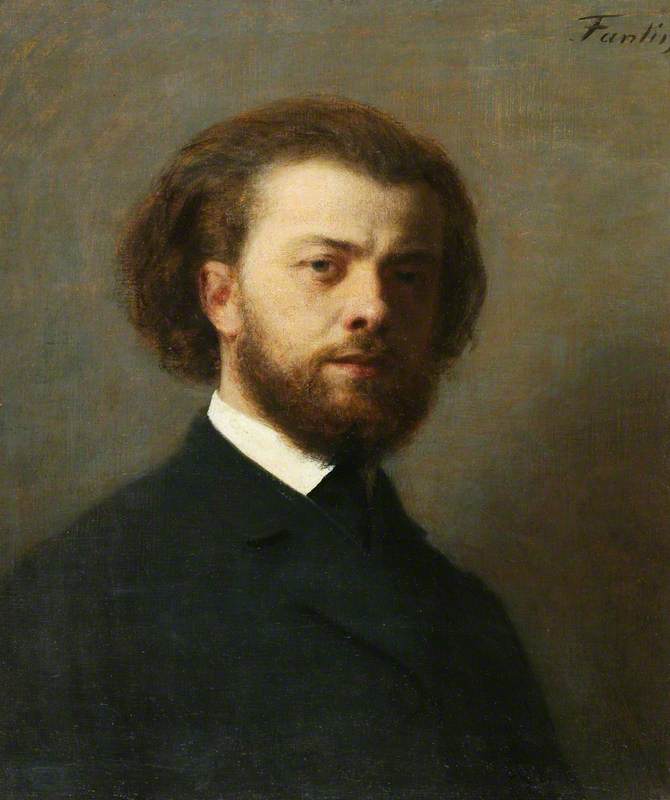The Fitzwilliam Museum is the lead partner of the spectacular collections of the University of Cambridge Museums (UCM) and Botanic Garden.
From antiquity to the present day, the Fitzwilliam houses a world-renowned collection of over half a million beautiful works of art, masterpiece paintings and historical artefacts. We are free to visit for all.
Art Unlocked is an online talk series by Art UK in collaboration with Bloomberg Philanthropies. This Curation is based on a talk by Luke Syson, Director of The Fitzwilliam Museum, on 23rd March 2022. You can find a recording at: https://youtu.be/lJEVStJitvA
-
Two Coffins and Lid, of 'Chief of Scribes of the Temple of Amun Re, Nespawershefi' 1,000 BC
What kind of afterlife did the ancient Egyptians imagine? This exquisitely adorned, brilliantly preserved five-piece coffin set, made around three thousand years ago, contained the mummified remains of Nespawershefyt, 'Chief of scribes of the temple of Amun Re’. Scientific research of the inner and outer coffins and the mummy cover has revealed reused materials from an earlier coffin. They were almost recovered as the result of tomb robbery, a practice of which the new owner, planning to be buried in it, must have been aware. Our previous assumptions that Egyptians believed in perpetual interment to ensure an eternal afterlife are therefore hugely challenged by this startling discovery.
unknown artist
Wood
H 179 cm
The Fitzwilliam Museum
-
Head of Antinous 101 AD–200 AD
The Roman Emperor Hadrian lavished vast sums on statues and sculpted portraits of his young lover Antinous, depicted as different gods, after he drowned in the Nile. Many were set up at his villa at Tivoli, where this bust was purportedly discovered in 1769. It's missing parts replaced, it was shipped to London where it joined the aristocratic Lansdowne collection and was copied by pottery supremo Josiah Wedgwood, who labelled it simply Bacchus. But its subject matter mattered to couple Charles Ricketts and Charles Shannon who bequeathed it to the Fitzwilliam in 1937. It became a significant piece in a university dominated by bachelors which could tolerate or even celebrate male-male love but could be hostile to women's education.
unknown artist
H 41 cm
The Fitzwilliam Museum
-
Dish c.1260–c.1350
More glorious than gold? Religious laws governing behaviour banned precious metals at the dining table in medieval Persia and its Islamic neighbours. As a result, potters sought new materials and techniques to make earthenware dishes and vessels as beautiful as possible. A recipe book promotes the use of minerals from specific mines and quarries for brilliant glazes and gleaming metallic lustres. Painters honed their skills. And instructions for the safe firing of pottery were heeded. The results were extraordinarily ambitious, previous and lively. It is easy to imagine the pleasure of serving little fried fish from a dish like this one, where a shoal of whitebait seems to flicker as though swimming in sunlit shallow water.
unknown artist
Pinkish fritware, wheel thrown & painted in brown pigment & lustre under or over a white glaze
H 12 x W 45.7 cm
The Fitzwilliam Museum
-
Tarquin and Lucretia 1571
A troubling masterpiece, Titian’s Rape of Lucretia was the last of a series of paintings he made for Philip II of Spain. The great Venetian painter was in his eighties and this subject was a challenge. But what was he doing? Art historians have often seen this picture as erotica, made for the king’s pleasure. However, Titian uses his turbulent late-career painting technique to express the brutality of the ancient Roman prince Tarquin’s sexual assault of the virtuous matron Lucretia, whose subsequent suicide provoked the overthrow of the monarchy and the establishment of the Republic. So was Titian acting as adviser rather than entertainer, issuing a stern warning to the womanising king on the eve of his fourth marriage?
Titian (c.1488–1576)
Oil on canvas
H 188.9 x W 145.1 cm
The Fitzwilliam Museum
-
White Cup and Saucer 1864
There’s a beguiling simplicity to Fantin-Latour’s painting of a cup and saucer. The painter seems modestly to suppress his own personality to provide us with an essential truth – giving us the very essence of these commonplace domestic objects so as to make them wonderful. Actually that minimalism results from a set of complex decisions. The cup sits slightly askew as though casually set down. The teaspoon suggests it is just about to be used. So the inanimate has been made lively. But all information about where exactly it is placed has been eliminated. So it has an energy but no too precise context that would tie it to the everyday. That is what makes it so powerful and memorable.
Henri Fantin-Latour (1836–1904)
Oil on canvas
H 19.4 x W 28.9 cm
The Fitzwilliam Museum
